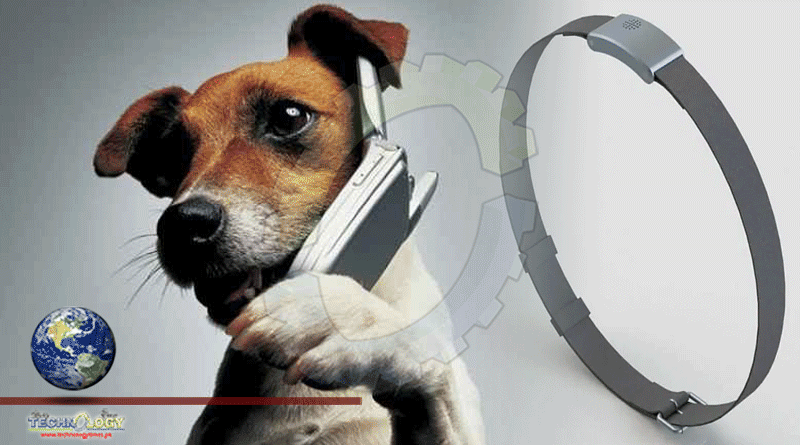Worldwide Spending On Pets More Doubled Between 2003 & 2016. With This Increase, More And More Accessories Have Emerged

Most people talk, ask questions, and even tell their pets about problems.. Over time, they learn to interpret the body language of the cats and dogs they live with, as the bonds between owner and pet become closer, but it is not always correct and it is difficult to know if something hurts when it moans or simply he’s scared. In today’s society there are more and more households with pets. The ‘Consumer Trend 2020’ report established that 42% of Spanish households had a dog or cat in 2019 (2.5% more than the previous year). It is not an exclusive trend in our country: worldwide total spending on pets more than doubled between 2003 and 2016. With this increase, more and more accessories have emerged (especially for dogs and cats), from activity trackers to automatic feeders, going through balls with remote control for the animal to play. But the main concern of owners is usually to know what their pet needs. Until now there were some devices to interpret the barking of dogs, but they were based on recordings with which the bark of the animal had to be compared. Five years ago, another method of interpreting barking emerged: ‘No more wow‘, a device devised by The Nordic Society for Invention and Discovery that was placed on the animal’s head, captured the brain’s electrical waves, linked them to the barks and interpreted what they wanted to say. I was trying to identify tiredness, hunger, intense emotions and reactions to the unknown, but in the end the project did not go ahead.
Artificial intelligence has a lot to say in the field of animals. Has allowed the appearance of the first (effective) translators between pets and humans. The University of Cambridge, for example, has developed a program that estimates the pain level of sheep based on the recognition of sheep’s facial expressions (based on showing the machine hundreds of photos of sick and healthy sheep, to learn to distinguish one from the other). This has obvious advantages in saving time for the farmer and in the early detection of any health problems in the herd. For their part, dog owners already have a way of being closer to their pets with Petpuls, a necklace that costs 81 euros and that detects up to five different emotions. The project began in 2017 with a database developed by the Korean company Petpuls Lab, which collected 10,000 barks of 50 dog breeds of four different sizes and which served to create an algorithm capable of analyzing the emotions of animals
Petpuls contains all this information and incorporates a microphone to pick up the bark of the dog that carries it, transmitting to the owner of the animal if the pet is happy, nervous, angry, sad or relaxed. The device also doubles as an activity bracelet: it collects all the dog’s data (including feeding) and uses an accelerometer to record what has been moved. The application that accompanies the collar grants access to a kind of canine social network, shows the calories that the animal has consumed during the daily walks and graphically indicates your mood with a reliability (according to manufacturers) of 80%. In turn, the barking of the dogs wearing the collar serve to improve technology, by training artificial intelligence.
Meow Talk, an app for cats
An alternative for cats is the ‘Meow Talk’ appby Akvelon, currently in beta. He interprets the meows of each cat as one of the nine possibilities included in the program, although it is more about a state of mind (I’m happy, I’m in pain, I want to hunt…) than a message in words. This is so because cats do not have a common language: each one develops a personal way of ‘speaking’ with its owner, which is also different from the communication it establishes with other animals of its species.
Its developers explain that the app uses ‘deep learning’ to adapt to the howls of each cat, so that you need some training; for example, recording the sound that the animal makes when it prepares to eat. When the app catches the meow with the correct message, it stores it and is able to inform the owner. Meow Talk already has a million downloads on devices Android (also available in iOS). Having perfected feline mood recognition technology, the aim of the company is to launch a necklace that translates into human language what the cat wants to convey.
But artificial intelligence is not only used to try to communicate with pets. It is also being used with wild animals to, for example, decode the sound of dolphins and create a dictionary. For its part, Microsoft’s ‘AI for Earth’ initiative is funding a program to identify bird songs and thus identify threatened species. Another notable case is that of scientists from the University of Georgia, who are compiling the noises that chickens make in circumstances such as the proximity of a predator, changes in temperature or the values of their mucosa (indicator of a viral infection). A machine learning program processes that information to alert farmers in case the birds have a problem.
This news was originally published at Tech Gaming Report
